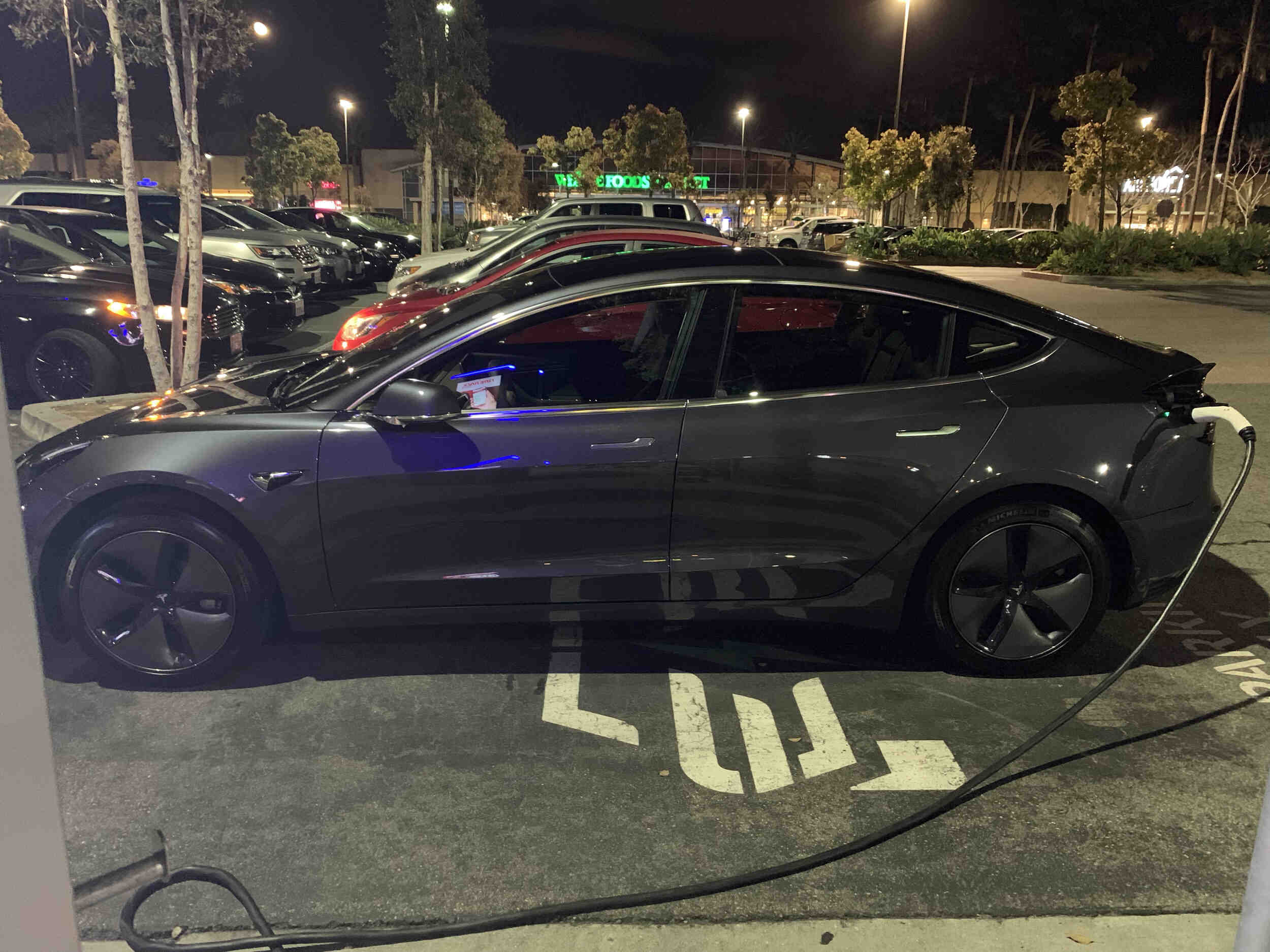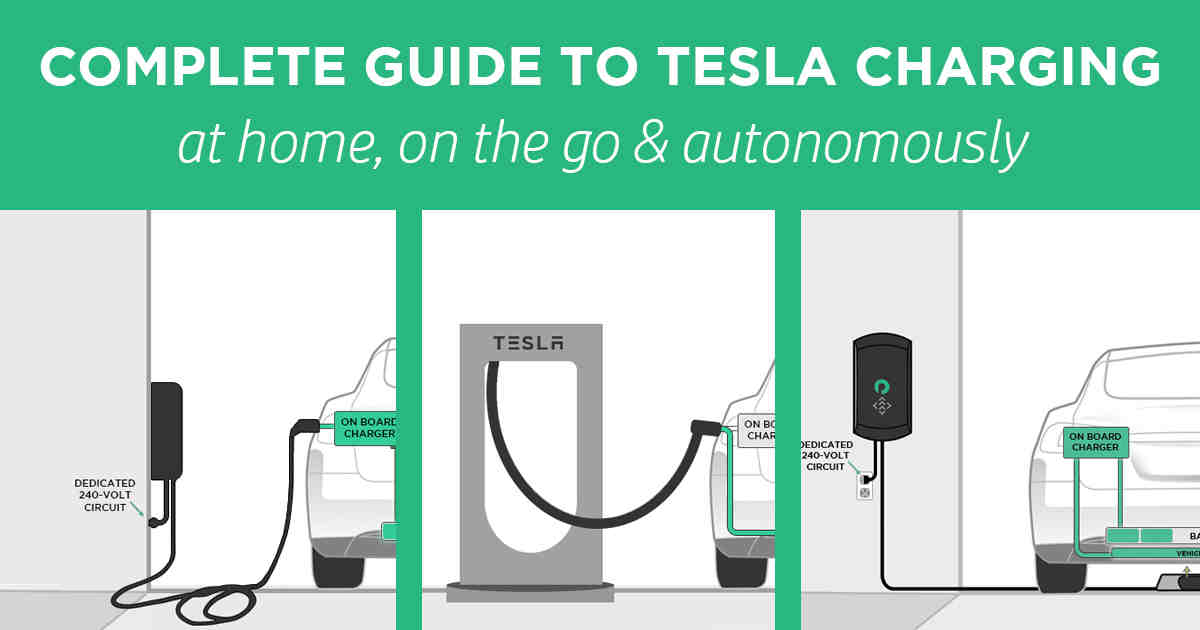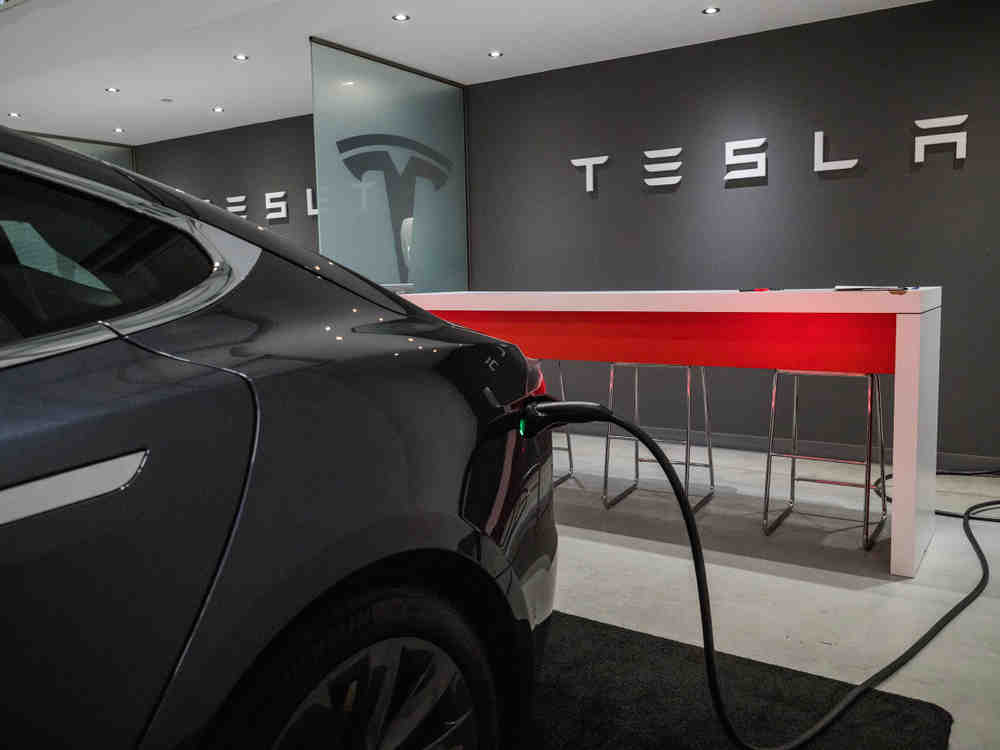What is the cheapest electric car to insure?
We analyzed six of the most popular electric cars and found that the cheapest electric car to insure is the Hyundai Kona, which costs an average of $ 2,152 per year for a full-coverage policy. Read also : How long can a Tesla go on a full charge?.
Which electric car has the lowest maintenance costs? 1. Smart EQ ForTwo. Five year cost to own: $ 24,650. The cheapest electric car to buy and lease also has the lowest five-year cost of ownership.
How much more do electric cars cost to insure?
Key findings. On average, electric car models cost 15% more to insure than conventional gas-powered vehicles. Of the electric vehicle models that had similar combustion models, MoneyGeek found 6% to 40% higher premiums. See the article : Who is the No 1 richest person in world?. Teslas are among the most expensive electric cars to insure.
Is Tesla expensive to insure?
Tesla’s electric cars have high repair costs, making them expensive to insure. Average car insurance rates range from $ 1,712 per year for the Tesla Model 3 to as much as $ 2,878 for the Tesla Model Y.
Is insurance cheaper for electric cars?
Insurance of an electric car can cost more than insurance for an ordinary gas-powered car. The higher price and more complex equipment of an electric car means that it can cost more to repair or replace if it is involved in an accident. To see also : How long do Tesla batteries last?. This can mean higher rates for policyholders who have comprehensive and collision coverage.
How much is insurance for a Kia Niro EV?
On average, insuring a 2020 Kia Niro costs $ 1,631 a year. USAA has the cheapest offer on the same model with an average annual rate of $ 1,020. You can see the cheapest insurance companies for your model year below.
How much is insurance on a 2022 Niro?
| Year | 16-19 years old | 60 years old |
|---|---|---|
| 2022 | $ 360.64 / md | $ 141.39 / month |
| 2021 | REACH | $ 137.43 / month |
| 2020 | REACH | $ 180.51 / month |
| 2019 | $ 333.16 / md | $ 194.58 / month |
Is Tesla expensive to insure?
Tesla’s electric cars have high repair costs, making them expensive to insure. Average car insurance rates range from $ 1,712 per year for the Tesla Model 3 to as much as $ 2,878 for the Tesla Model Y.
Is Tesla Model 3 cheaper to insure?
Tesla Model 3 insurance prices are more expensive than the price of insuring an average car model. The average insurance cost for a Tesla Model 3 is $ 1,712 per year, which is $ 285 more than the average insurance cost across all car models.
How much is Tesla insurance a month?
The average car insurance price for Tesla Model S is $ 2,280 a year or $ 190 a month in general, or $ 2,946 a year and $ 246 a month with Tesla car insurance.
Is it expensive to fix a Tesla?
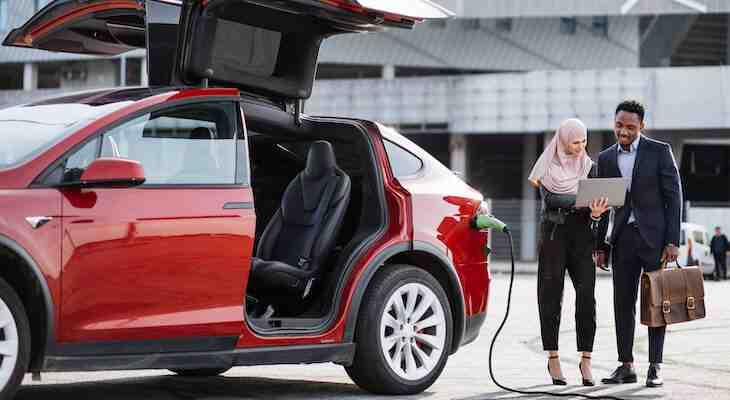
Yes, Tesla vehicles are quite expensive to repair. According to RepairPal, the average annual Tesla maintenance cost is around $ 832 per year. The average among all car brands was much lower $ 652 per year. Teslas also has the third worst reliability score among all automakers.
How many years does a Tesla last? Tesla is a pioneer in technology and innovation with a battery life of between 300,000 and 500,000 miles. According to a power report released by Tesla in 2019, Tesla Model S and X batteries retain over 80% of their range, even after driving 200,000 miles.
Is Tesla difficult to maintain?
Does Tesla need a lot of maintenance? No, Teslas do not need much maintenance compared to standard vehicles. Tesla vehicles have fewer moving parts and you do not have to make regular fluid changes or handle an internal combustion engine.
Does a Tesla ever need maintenance?
Your Tesla does not require annual maintenance or regular fluid changes. Check your instruction manual for the latest maintenance recommendations for your Tesla.
What are the negatives of owning a Tesla?
Disadvantages
- The purchase price. The main disadvantage of Tesla vehicles is their cost. …
- costly repairs. Accidents are something we do not want to happen, but they do. …
- Expensive insurance. …
- Times for repairs. …
- Service problems at service centers.
Are Tesla’s really maintenance free?
Your Tesla does not require annual maintenance or regular fluid changes.
Does Tesla require a lot of maintenance?
Tesla’s maintenance costs are low for industry and very low for luxury models. Tesla offers a factory warranty for all models and an extended service agreement for Model S and Model X. Extended car warranties or prepaid maintenance plans can help reduce your annual Tesla maintenance costs.
Do Teslas cost more to repair?
These prices are quite high compared to extended warranties for typical cars, but as electric vehicles, Teslas are much more expensive to repair, so it makes sense that the coverage becomes more expensive.
Do Teslas have a lot of problems?
There is a common problem with Teslas experiencing the rattle in several areas of the cars. Owners have taken their cars to service centers several times because of this problem, but very rare few have seen the annoyance resolved.
Is the Tesla car reliable?
Nevertheless, it is worth noting that while Kia was the most reliable compact SUV in the segment – which triumphed over its petrol, diesel and hybrid competitors – the Teslas were the least reliable of all electric.
What are common problems with Tesla?
What are the most common Tesla problems?
- Problems with autopilot functions and cruise control adjustment.
- Defective power steering system.
- Occasional loss of power.
- Can not be towed.
- Poor construction quality.
- Prematurely used battery.
Do Tesla batteries only last 10 years?
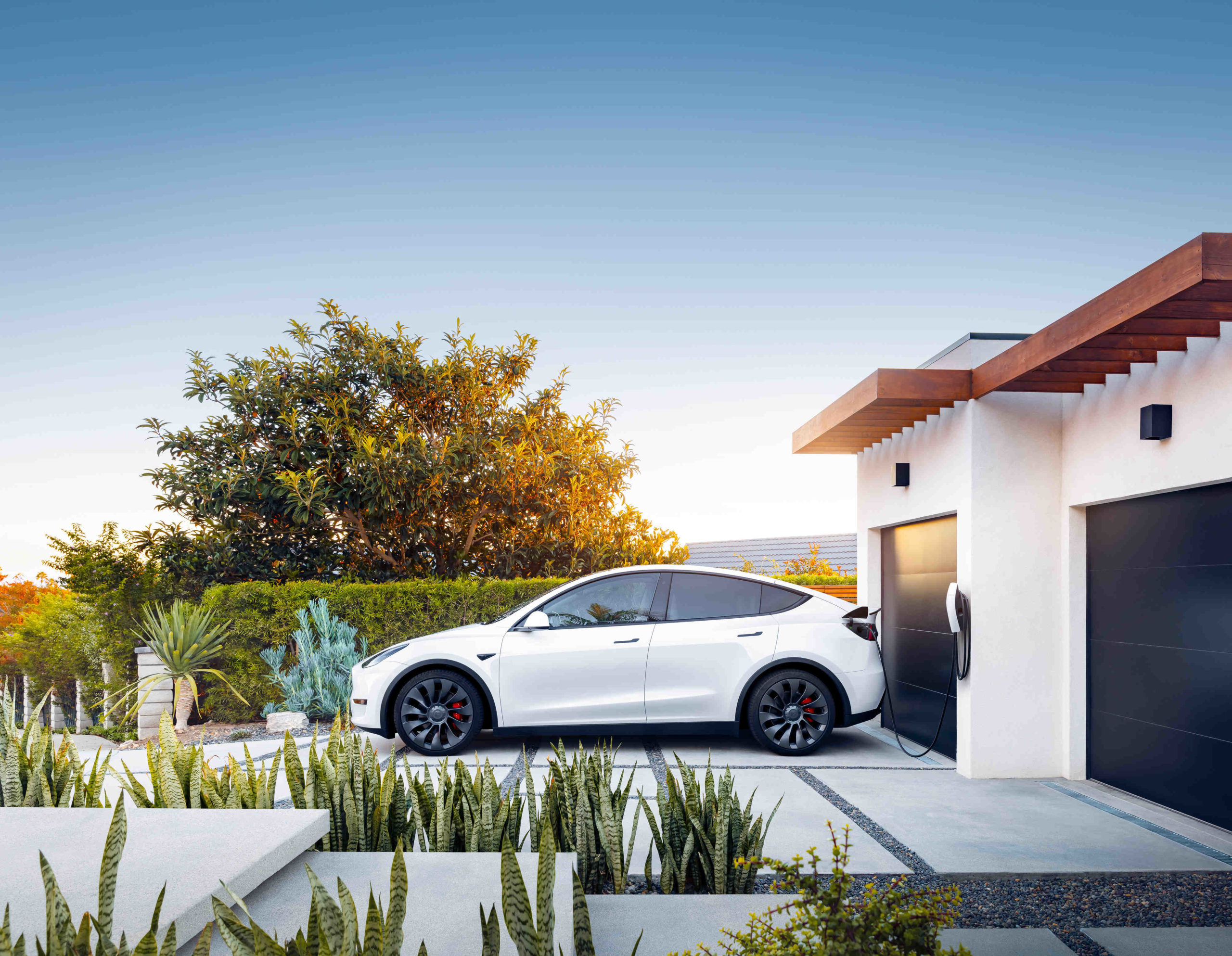
The warranties range from an 8 year or 100,000 mile warranty, all the way up to an 8 year or 150,000 mile warranty, whichever comes first. The guarantee is based on the battery holding a minimum of 70% of its capacity during the 8 years.
How often should a Tesla battery be replaced? Tesla batteries are designed to last between 300,000 and 500,000 miles, so replacement should not be a major issue for most drivers. During that time, the battery capacity will deteriorate in the sense that the range that the battery can provide for driving will decrease slowly.
Will a Tesla battery last 20 years?
Tesla CEO Elon Musk has stated that the Model 3’s battery was designed to last 300,000 to 500,000 miles or 1,500 charge cycles. Again, using the industry’s ‘gold standard’, where the average driver drives 13,500 miles in a year, would give the battery a lifespan of between 20 and 40 years.
How many years will a Tesla battery last?
Tesla car batteries are said to be designed to last 300,000-500,000 miles (as claimed by Tesla CEO Elon Musk), or about 21-35 years, based on the average number of miles driven by Americans in a year, which is typically about 14,263 .
Will a Tesla last a lifetime?
Tesla states that if your car battery retains less than 70 percent of its capacity, it has reached the end of its life and you are entitled to repair or replacement. The number varies by car model, but the majority of Tesla batteries have an average of eight years of use with 100,000 to 150,000 miles driven.
How many years will a Tesla battery last?
Tesla car batteries are said to be designed to last 300,000-500,000 miles (as claimed by Tesla CEO Elon Musk), or about 21-35 years, based on the average number of miles driven by Americans in a year, which is typically about 14,263 .
How long does a Tesla battery last before needing replaced?
According to Elon Musk, Tesla batteries last between 300,000 to 500,000 miles. The average person drives 273 miles a week, so you can expect your Tesla battery to last anywhere from 21 to 35 years, depending on your driving habits. The point is, Tesla batteries rarely (if ever) need to be replaced.
What is the life expectancy of a Tesla battery?
According to Elon Musk on Twitter, Tesla car batteries are technically supposed to last for 300,000 to 500,000 miles, which is 1,500 battery cycles. That is between 22 and 37 years for the average motorist, who according to the Ministry of Transport drives about 13,500 miles a year.
Is it safe to charge Tesla everyday?
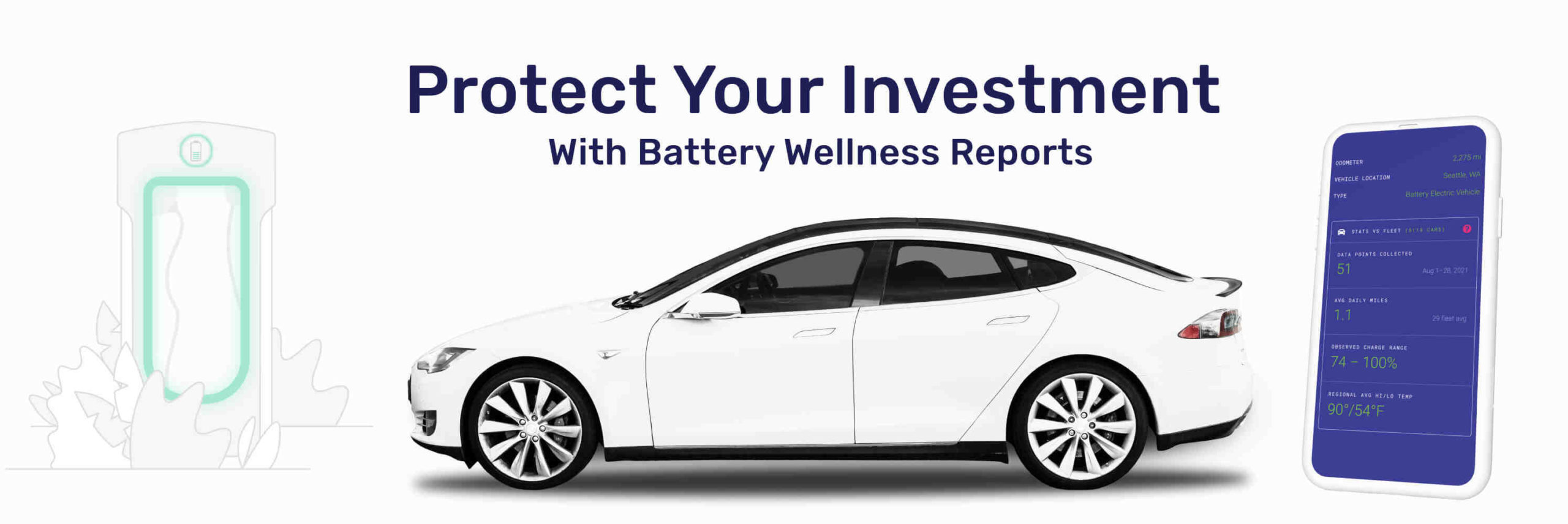
If the image of the battery shows ‘50% ‘and’ 100% ‘: Tesla recommends that you keep your charge limit at 100%, even for daily use, and that you also regularly charge your vehicle to 100%.
How many times a week should I charge my Tesla? Typically, you only need to charge your Tesla once or twice a week! Different types of electric cars require different charging. Since Teslas run on lithium batteries, it’s a good idea to charge yours before they fall below the 20% battery capacity mark.
Should I keep my Tesla plugged in all the time?
Always insert the plug into the socket, always leave it plugged in. If you do not drain it regularly, it will help to charge the battery life marginally to lower%. LI batteries are “happiest” around 50% and do not like extremes (> 90,
Is it OK to leave Tesla plugged in for a week?
However, this is what is recommended, and just as it is generally safe to connect and charge your car, it is safe to leave your car connected. Typically, electric drivers do it overnight anyway – it just feels different when you know it will be connected for days after days, weeks after weeks. Do not worry.
Is it OK to leave Tesla unplugged?
It’s fine to leave your Tesla disconnected for short periods. Every time you do not drive for several days or weeks, it is important to connect the vehicle. Leave a Tesla unplugged for too long and you risk damaging the battery. Of course, it is not always possible to keep your Tesla connected.
Is it better to charge Tesla every night?
The short answer to the question is no. Generally, you should not charge your electric car every night. It is not necessary in most cases. The practice of charging an electric vehicle every night can shorten the life of the car’s battery pack.
Does frequent charging damage Tesla battery?
Repeated full charges can adversely affect Li-ion battery cells, which is why Tesla only recommends charging to 90% daily and only charging to 100% when needed for long trips.
Can you charge a Tesla too often?
One of these things is not to charge to a full charge too often. Repeated full charges can adversely affect Li-ion battery cells, which is why Tesla only recommends charging to 90% daily and only charging to 100% when needed for long trips.
Can I charge my Tesla to 90% everyday?
What percentage should I charge the battery for? For regular use, we recommend keeping your car kit within ‘Daily’ range, up to about 90%. Charging up to 100% is best saved when preparing for a longer trip. You can adjust the full charge of the battery from the charging settings menu.
How much does a home Tesla battery cost?
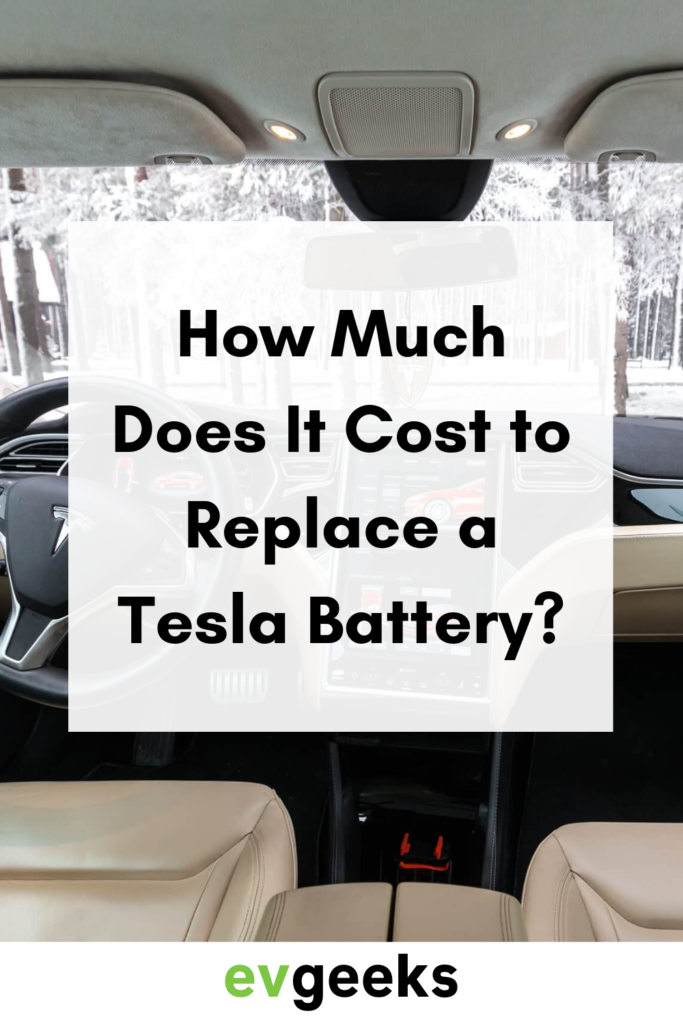
Key takeaways. Tesla Powerwall costs $ 8,500 before installation and between $ 12,000 and $ 16,500 for a complete system installation (before incentives and fees). Tesla Powerwall’s 14 kilowatt-hour lithium-ion home battery is capable of electrifying a home on its own.
Sources :

